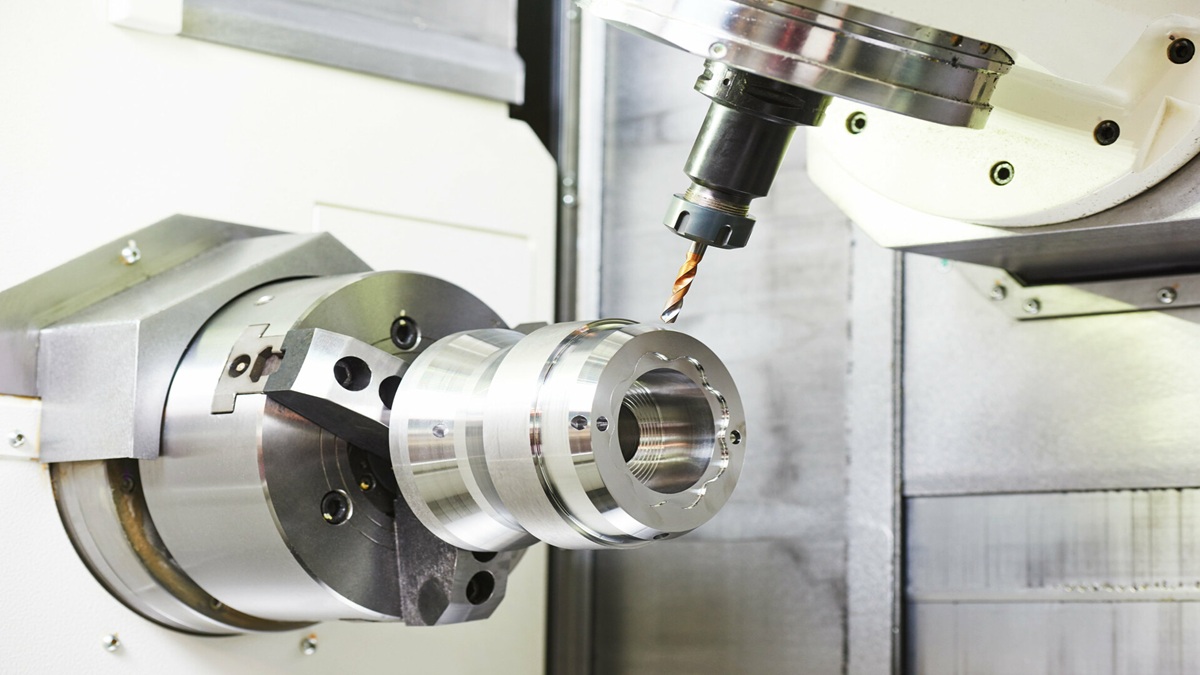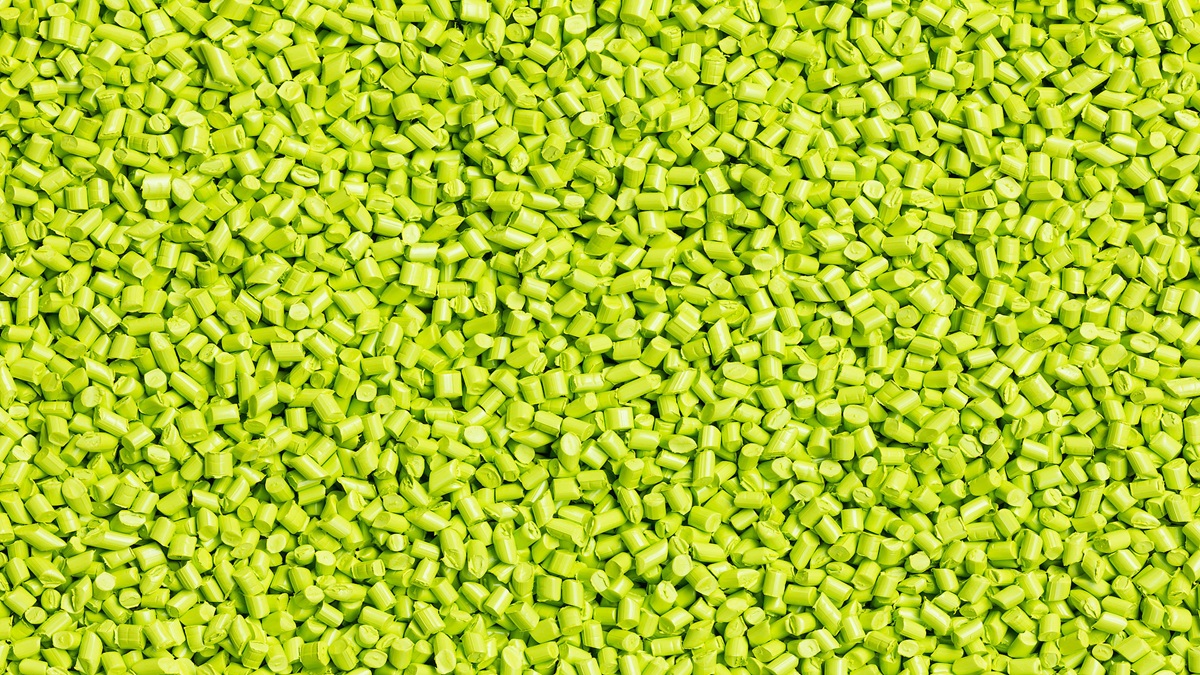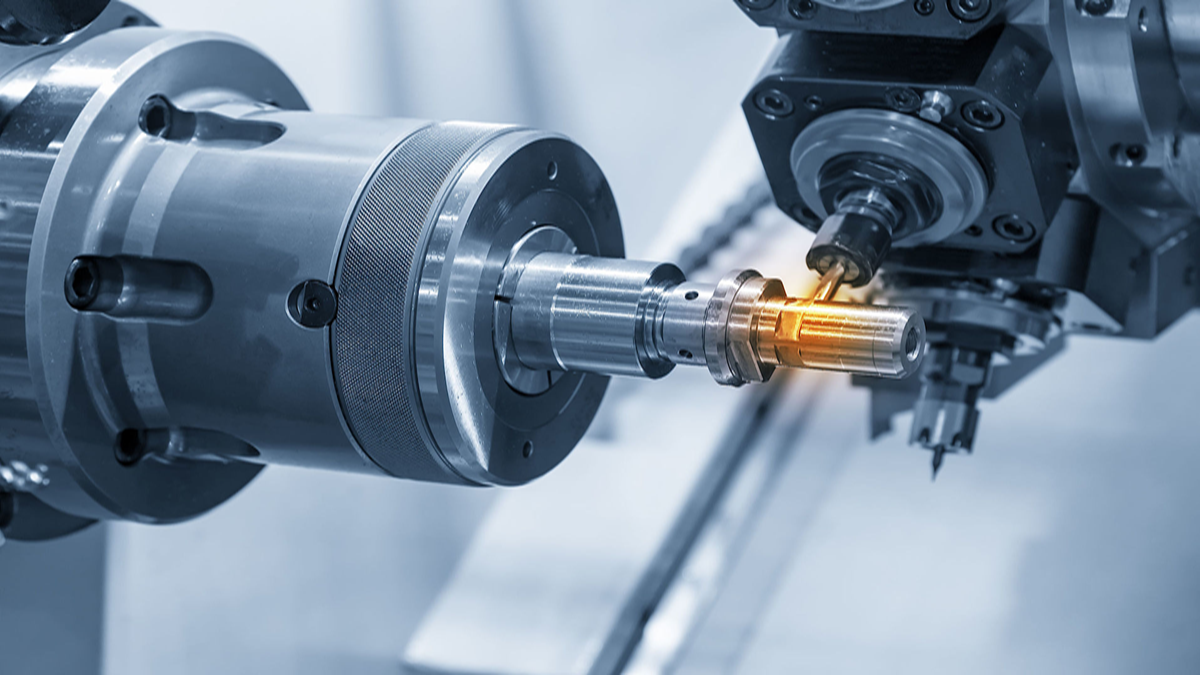Knowledge
Lotus leaves after rain shed water droplets without a trace; delicate spider silk is stronger than steel. These are not coincidences but exquisite designs evolved by nature over millions of years. The textile industry is learning from this great designer—nature itself—through biomimicry, transforming natural wisdom into fabrics that perform better and are more eco-friendly.
2025-08-11 14:08:16
CNC (Computer Numerical Control) machine tools are automated devices that control machining processes through computer programming. Known for their high efficiency, precision, and stability, they are widely used across industries such as aerospace, automotive, mold making, electronics, medical, and energy. With the rise of Industry 4.0 and smart manufacturing, CNC technology continues to evolve toward multi-axis machining, intelligent control, remote monitoring, and integrated processes. This widespread adoption not only enhances manufacturing performance but also reshapes the workforce, shifting traditional manual skills toward digital operation and system integration—bringing greater production flexibility and competitiveness to businesses.
2025-08-08 16:05:07
A resistor is a fundamental and indispensable component in electronic circuits. Its physical design is not arbitrary; rather, it is closely linked to its function, power requirements, and manufacturing method. Every detail, from its size and material to its structure, reveals its intended application. Understanding a resistor's form is like reading its "user manual," helping us to apply it more precisely.
2025-08-08 15:15:51
The manufacturing of construction screws involves multiple carefully controlled steps to ensure high quality and durability. It begins with selecting suitable raw materials, usually low-carbon steel wire, followed by cold heading to form the screw head. Threads are then created through thread rolling, which preserves the metal’s strength better than cutting. Heat treatment enhances hardness and toughness, while surface coatings protect against corrosion. Rigorous quality control is maintained throughout the process, and finally, the screws are packaged for safe transportation. Each stage is crucial to producing reliable screws capable of withstanding tough conditions in construction and industrial use.
2025-08-08 14:45:27
In today's era where digital education and maker learning are prevalent, the design of teaching tools is no longer limited to static displays but is moving toward interactivity, modularity, and creative expansion. Flexible magnetic materials—especially flexible magnets that can be cut, printed, and adhered—are gradually becoming indispensable media in the new generation of educational settings. These materials can be flexibly applied to puzzle teaching aids, display boards, and modular signage systems. Moreover, due to their ease of processing and cost-effectiveness, they widely support hands-on practice and creative activities in STEAM education (Science, Technology, Engineering, Arts, and Mathematics).
2025-08-08 14:43:37
Microplastics - tiny plastic particles under five millimeters - are a growing environmental and health concern due to their widespread presence in water, food, and air. Conventional water treatment struggles to remove them effectively, but reverse osmosis (RO) filtration offers a highly efficient solution by using ultra-fine membranes that block over 99% of microplastics through physical filtration, electrostatic repulsion, and high-pressure forcing. Despite requiring regular maintenance and higher upfront costs, RO systems provide reliable long-term removal of microplastics and other contaminants, making them essential for ensuring clean drinking water and protecting public health from microplastic pollution.
2025-08-08 13:54:52
As smart building, IoT, and cloud technologies advance rapidly, the demand for remote control and multi‑device integrated management across industries has surged. Any environment with multiple integrated devices needs a stable, secure, and efficient system that allows centralized monitoring and control—ensuring real‑time transmission of information and video. However, traditional single-point management struggles with large-scale, geographically dispersed deployments. In this context, KVM technology combined with AV integration solutions has emerged as a critical tool in the smart era.
2025-08-08 13:45:46
Every textile product tells a story about its fibers. Its appearance, feel, and performance are all intricately linked to the textile fibers that make it up. Understanding the physical properties (e.g., strength, elasticity) and chemical properties (e.g., moisture absorption, heat resistance) of fibers is key to grasping the core value of a textile product. This article aims to systematically dissect the secrets of natural, man-made, and innovative fibers, building a comprehensive knowledge system for readers.
2025-08-08 11:36:26
Plastic recycling has become a critical part of the circular economy, with recycling processes ensuring that plastics are repurposed for new products. However, before the pellets can be created, plastics must undergo thorough cleaning. This cleaning process plays a crucial role in the overall pelletizing procedure, which ultimately affects the quality of the final product.
2025-08-08 09:50:12
The term "cutting and shaping tools" might sound a bit unfamiliar, but it actually covers a wide range of tools used in fields from the kitchen and woodworking to industrial manufacturing. In simple terms, a cutting tool is any implement used to shave, scrape, cut, or plane away material. Its main purpose is to use a sharp blade to remove excess from an object's surface to achieve a desired shape, smoothness, or finish.
2025-08-07 16:35:29
Hot Topic
Agree










